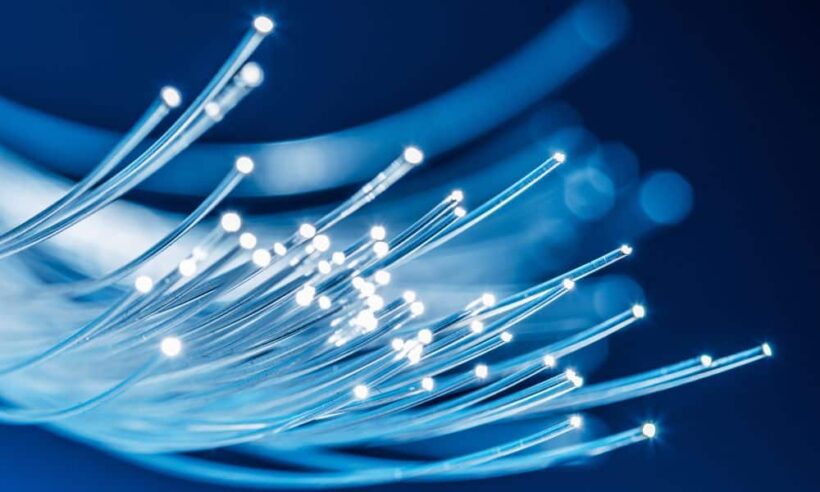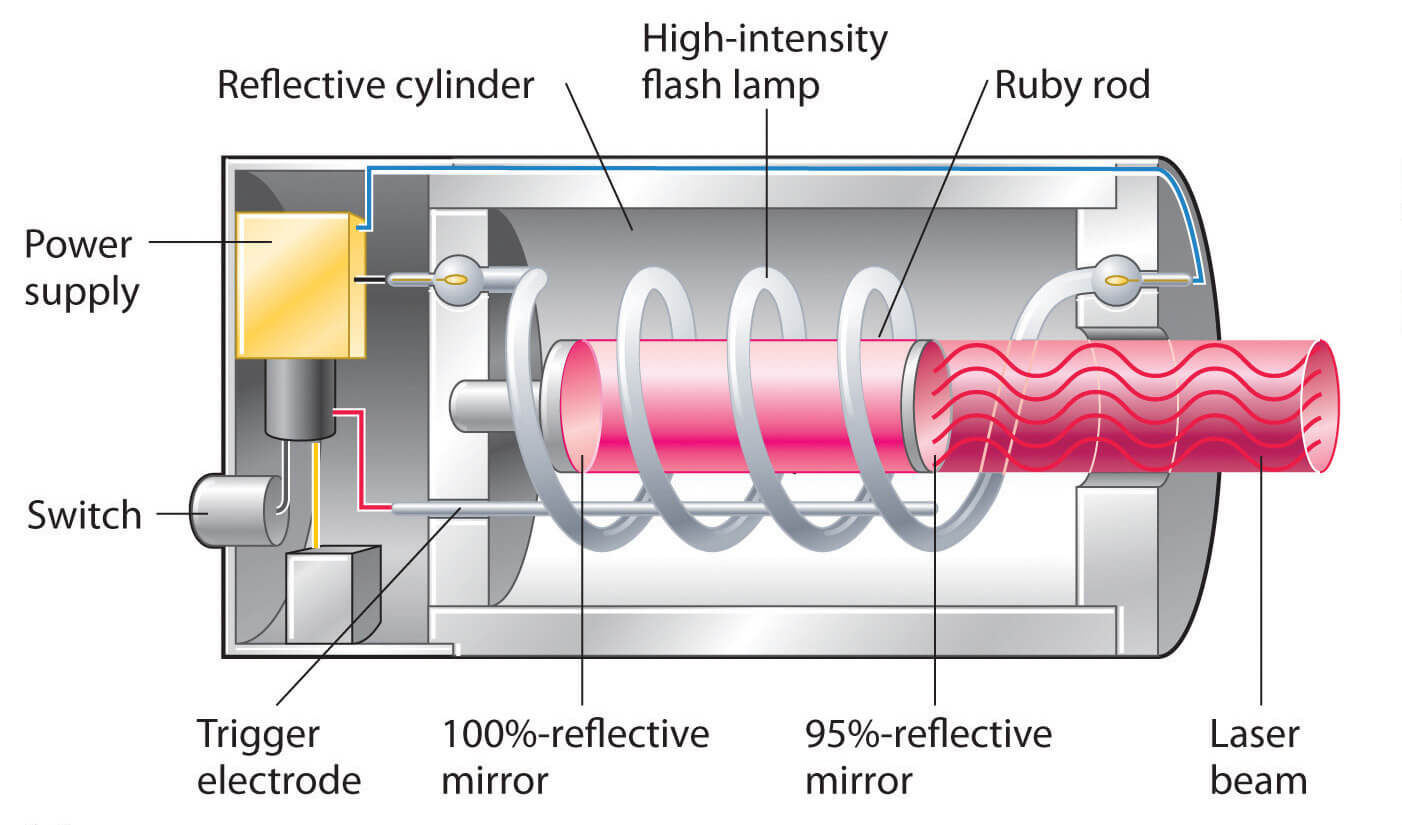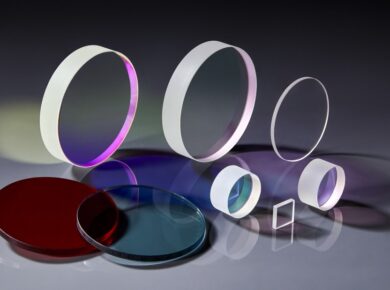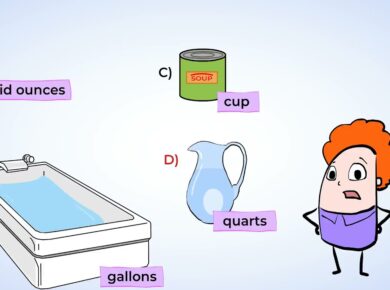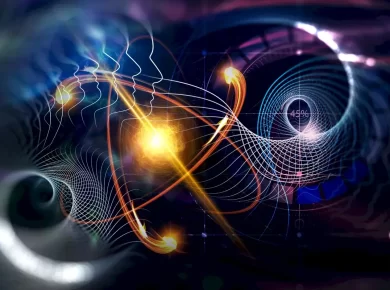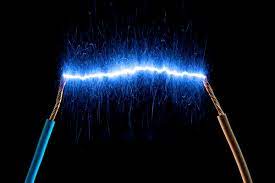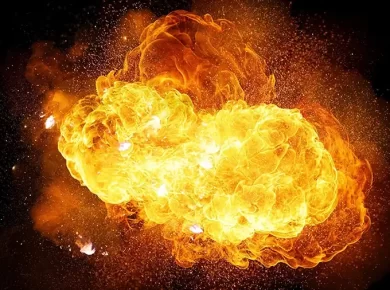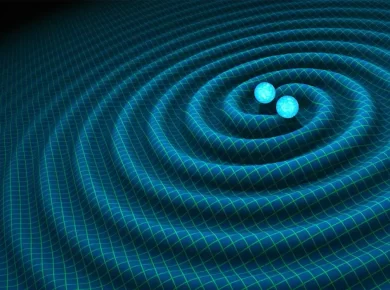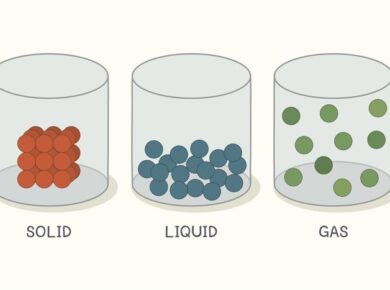Fiber Optics & Laser
Fiber Optics & Optical Fibers
- A technology that uses glass (or plastic) threads (fibers) to transmit data.
- A fiber optic cable consists of a bundle of glass threads, each of which is capable of transmitting messages modulated into light waves
Fiber optics has several advantages over traditional metal communications lines
- Much greater bandwidth than metal cables. This means that they can carry more data.
- Immunity to Electromagnetic Interference
- Thinner and lighter than metal wires.
- Data can be transmitted digitally (the natural form for computer data) rather than analogically.
- Data Security & No sparks hazard
Disadvantages of fiber optics
- Cables are expensive to install
- More fragile than wire due to limited physical arc of the cable (cannot bend much)
- Difficult to splice
- Loss of light in fiber due to scattering
Uses
- Telecommunications
- Internal inspection of the body
- Mechanical imaging
LASER
A device that generates an intense beam of coherent monochromatic light (or other electromagnetic radiation) by stimulated emission of photons from excited atoms or molecules. Coherent, in this context, means that it is all one wavelength, unlike ordinary light which showers on us in many wavelengths.
- Theacronym laser stands for “light amplification by stimulated emission of radiation.
- Lasers work as a result of resonant effects. The output of a laser is a coherent electromagnetic field.
- In a coherent beam of electromagnetic energy, all the waves have the same frequency and phase
Lasers are one of the most important inventions of the 20th Century. Here are just a few of applications of Laser
- Drilling and cutting (To drill holes in diamonds)
- Alignment and guidance
- In medicine, such as eye surgery
- In space exploration > NASA have sent a laser to Mars on their Curiosity Rover.
- Communication – internet and TV
Optical properties of Laser are exploited in
- Holography
- Reading barcodes
- Recording and playing compact discs
Fiber Optics is a technology that transmits data as light through thin flexible glass or plastic fibers using the principle of total internal reflection.
Laser (Light Amplification by Stimulated Emission of Radiation) produces highly concentrated, coherent, and monochromatic light beams used in communication, industry, medicine, and research.
✅ 10 Points – Importance of Fiber Optics & Laser
-
Revolutionized high-speed data transmission over long distances.
-
Laser is used in precision surgeries like eye treatments (LASIK).
-
Fiber optics enabled global internet and telecom connectivity.
-
Laser cutting and welding are used in industries for accuracy.
-
Used in medical diagnostics like endoscopy.
-
Essential in military applications like range-finding and targeting.
-
Lasers play a key role in barcode scanning and printing.
-
Fiber optics are secure and immune to electromagnetic interference.
-
Used in scientific experiments, holography, and spectroscopy.
-
Lasers are used in entertainment, shows, and 3D projections.
For more updates, explore the Physics. Feel free to share your thoughts and comments.
If you’re passionate about building a successful blogging website, check out this helpful guide at Coding Tag – How to Start a Successful Blog. It offers practical steps and expert tips to kickstart your blogging journey!
